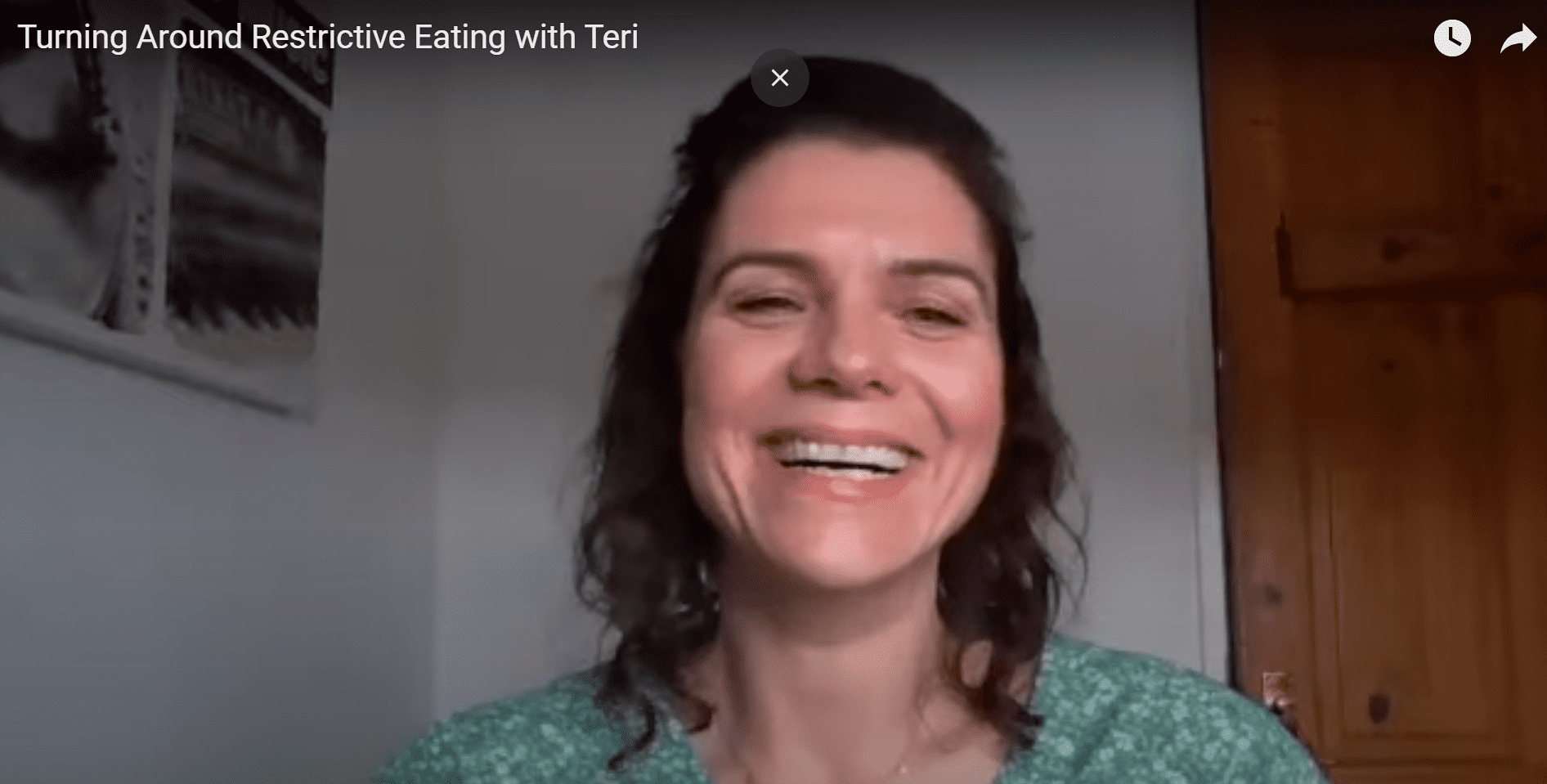Latest articles
Lose Weight Sustainably
Here it is, the ultimate guide to flexible fat loss! How to lose weight sustainably by eating the foods you love and fix your relationship with food too.
Turning Around Restrictive Eating with Teri
Read about Teri's transformative journey to overcome restrictive eating habits and find a more balanced, enjoyable approach to food and exercise. Read today.
Workout Supplements: Are They Necessary?
Unsure if workout supplements are right for you? This guide breaks down the science behind popular options and tells you which ones actually work (and which to skip!)
Tips to Make Calorie Tracking Less Intimidating
In this article, you’ll find practical tips to make calorie tracking less intimidating, learn how it can be an educational and empowering experience, plus I’ll let you in on some common mistakes to avoid.
Calorie Tracking Made Simple
Calorie tracking is a powerful educational tool and brings a lot of freedom around food. Make it as simple as possible with these tips.



